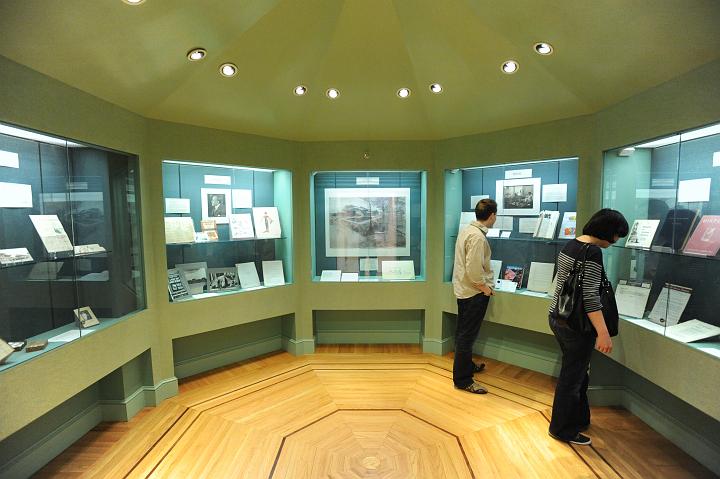Search Results
Hermann Vollmer papers, 1925-1959
7 boxesManuscript records, papers, correspondence, and lecture notes of Vollmer. The papers reflect his interests in pediatrics and allergies.
Bard family papers, 1600-1892
1 linear feetCorrespondence, documents, and genealogical records of the Bard and related Muirson, Prime, and Sands families of New York and New Jersey. Prominent among the papers is the correspondence of William Bard, 1778-1853, to his daughter, Susan Sands, his son-in-law, Ferdinand Sands, and his grandson, Joseph Sands. Includes 18 letters from Samuel Bard, 1742-1821, physician and professor of medicine at Columbia College, to his grandson, Francis Upton Johnston, medical student at Columbia and house doctor at New York Hospital. The letters deal with personal affairs, Francis' scholastic progress and topics of interest to the medical profession. Thereis also a pastel portrait of John Bard by James Sharples.
Cornelius Rea Agnew papers, 1851-1924
16 linear feetCorrespondence, notes, and manuscripts including items that relate to most of Agnew's professional activities, are especially rich in materials that deal with the treatment of eye diseases during the latter half of the 19th century. An interesting sidelight of the collection is a group of finely detailed woodblocks and steel plates that Agnew used to illustrate his published articles.
